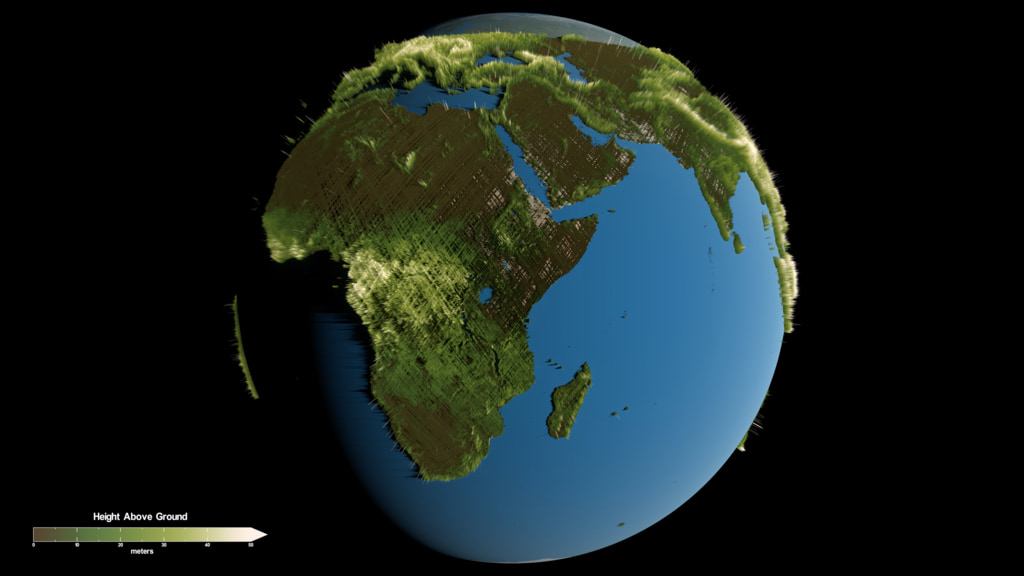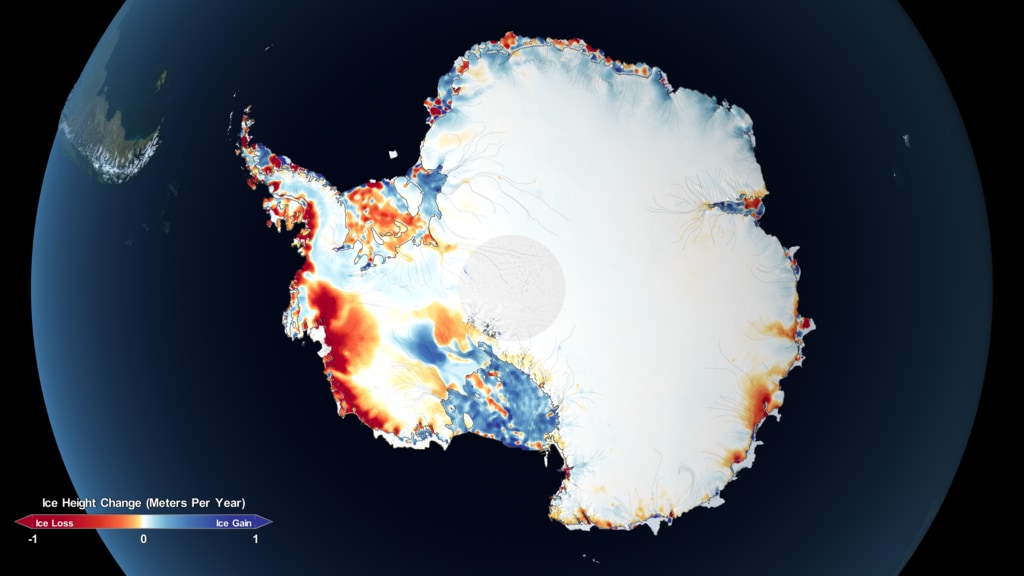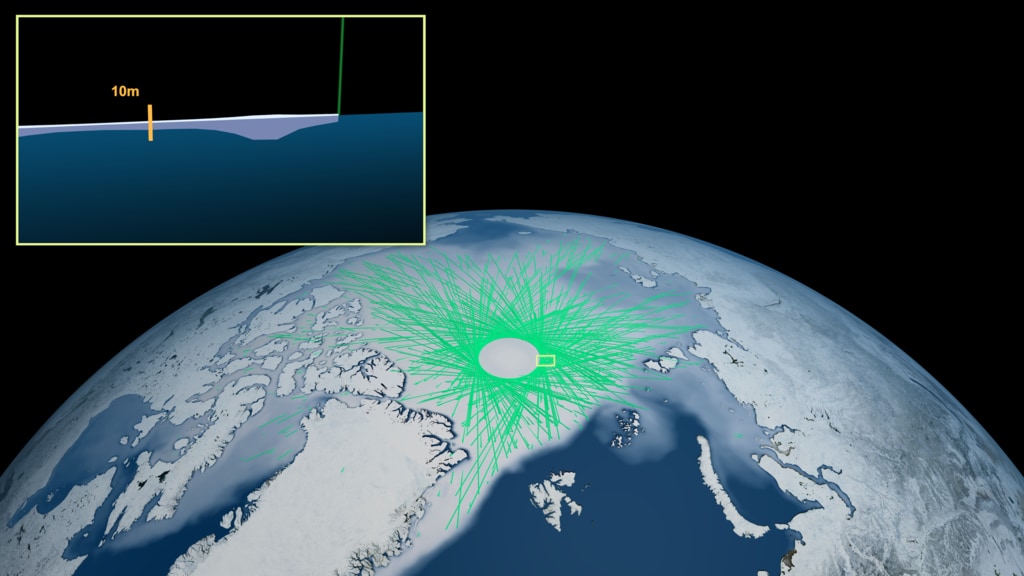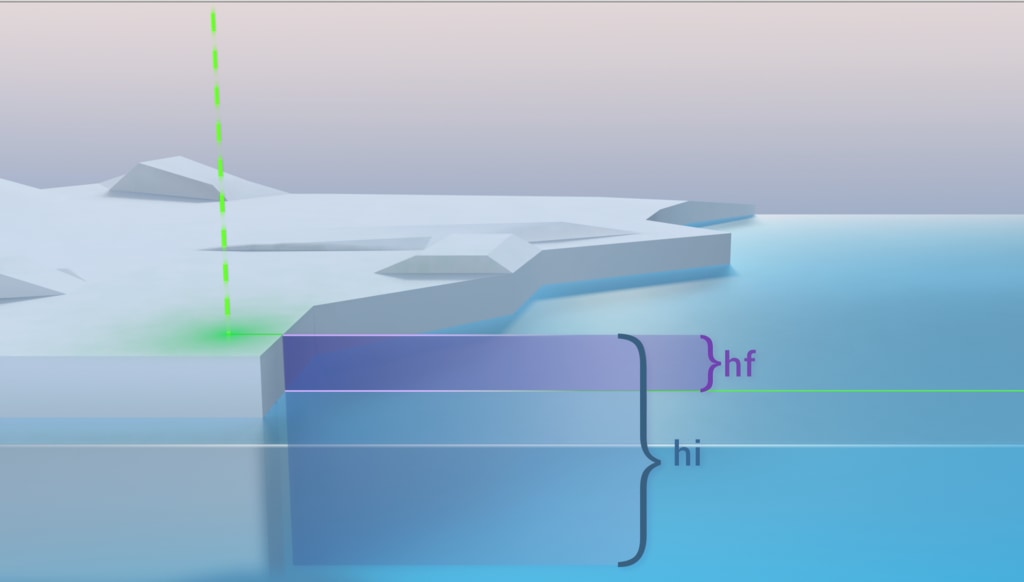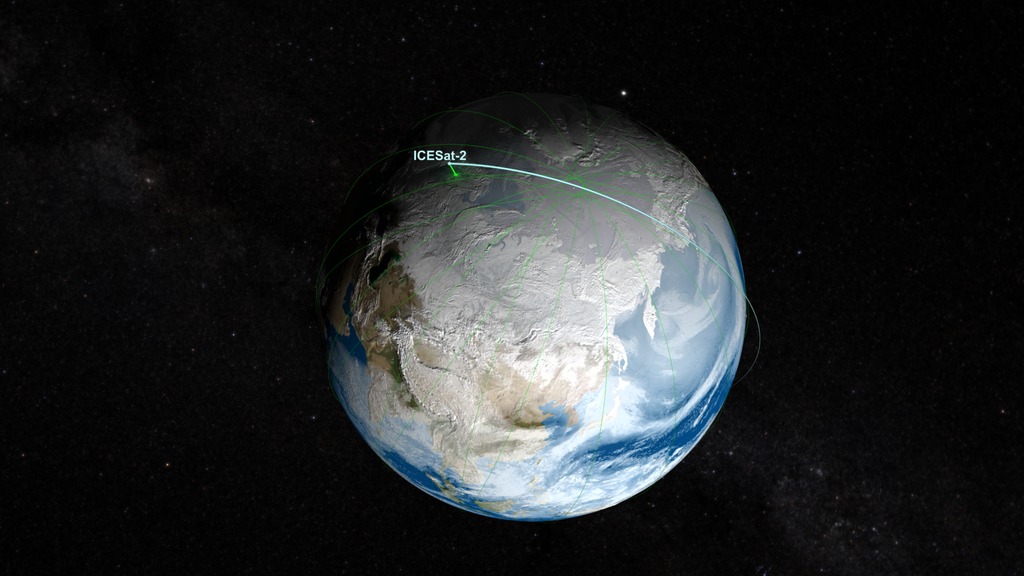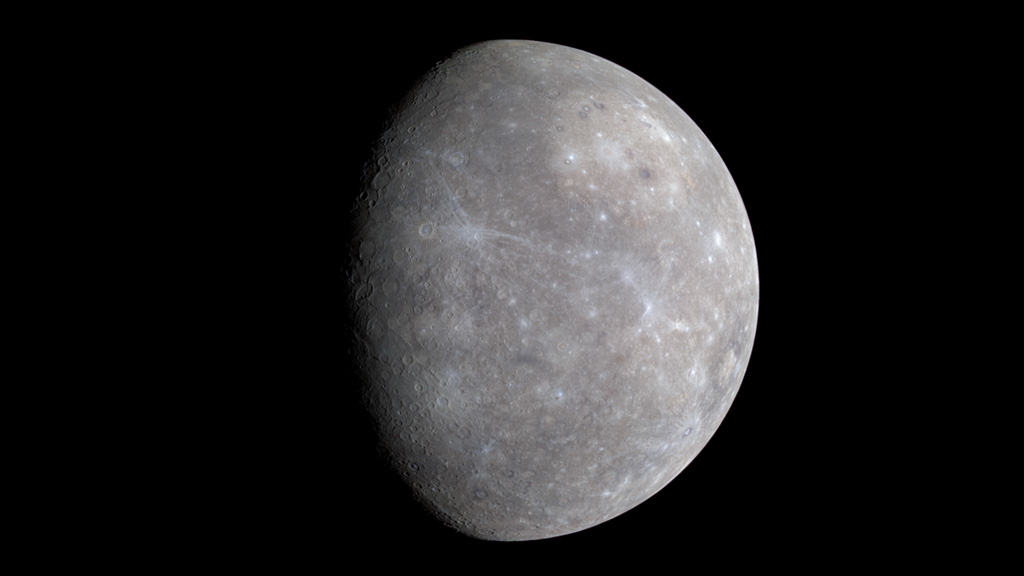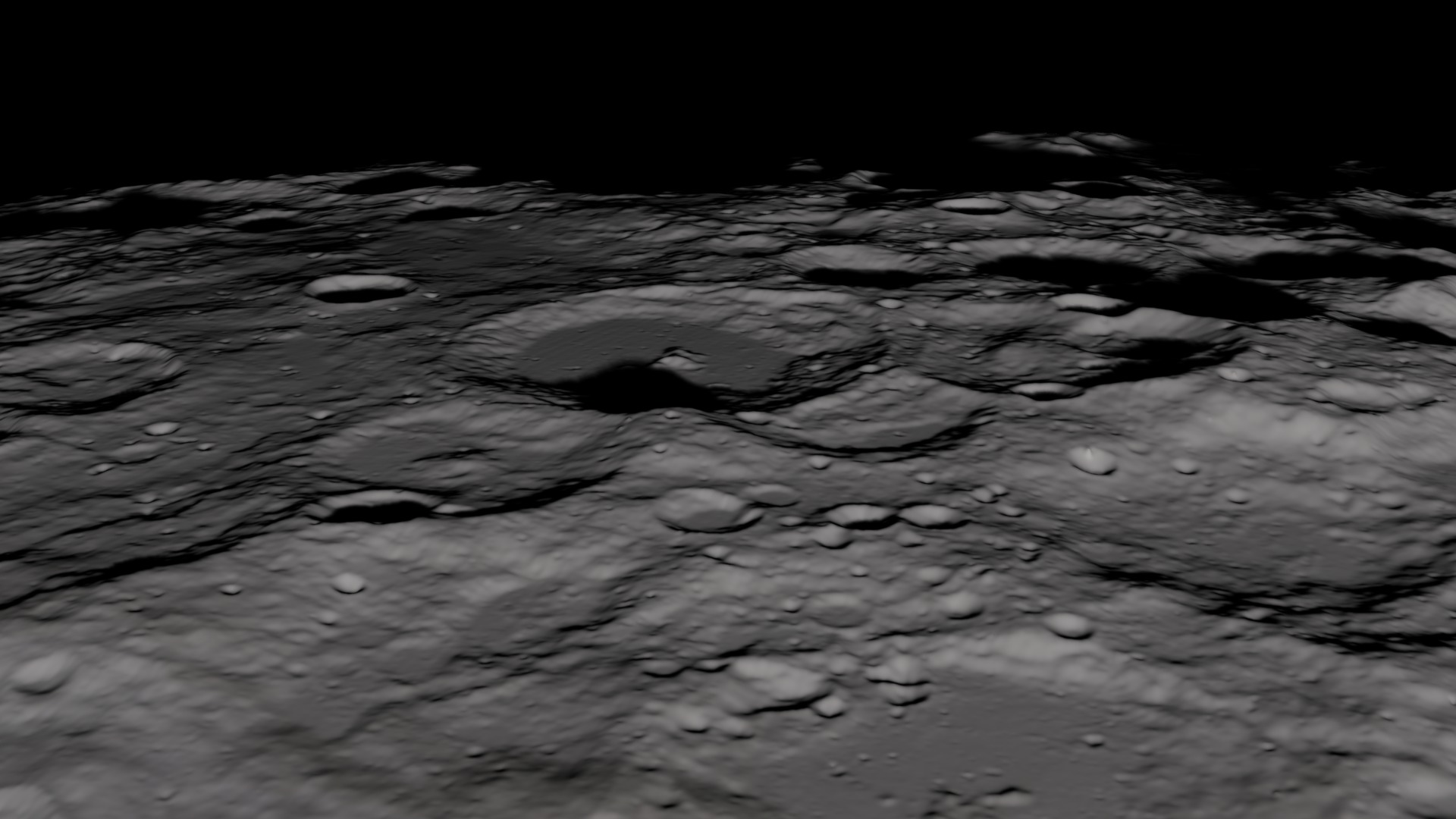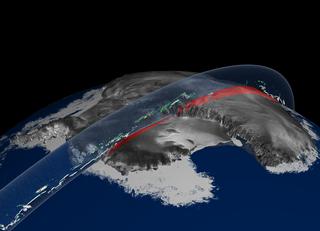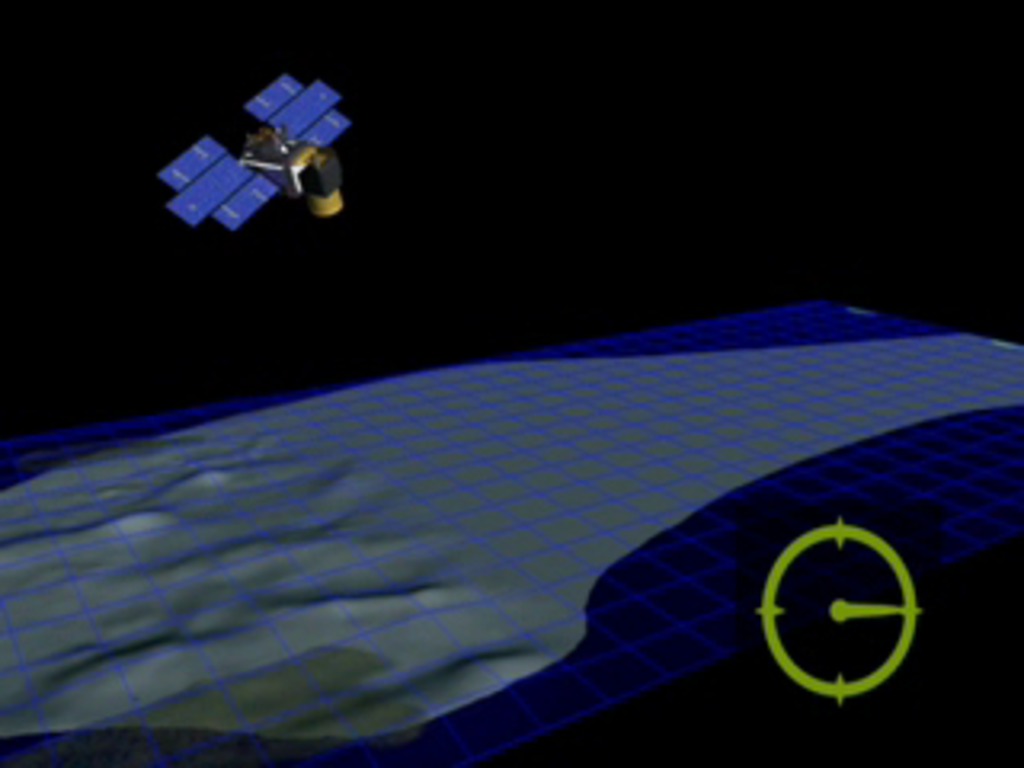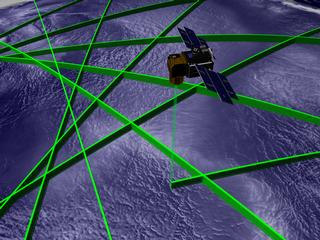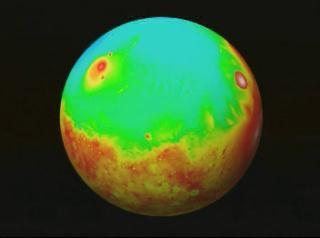Leaders in Lidar
In this series, we dive into the legacy of Goddard's lead role in developing laser altimetry, which has revolutionized the way we map our planet, the Moon and other planets. Each chapter looks at the successes and failures of these lidar instruments, beginning with the Mars Observer Laser Altimeter in the late 1980s, through the current generation of laser altimeters on ICESat-2 and GEDI. Through dozens of interviews and archival footage, the history, challenges and legacy of lidar are uncovered.
Leaders in Lidar series teaser in standard format.
Music: "The Archives," Universal Production Music.
Complete transcript available.
Chapter 1: The Laser Is Better
The scientists and engineers at Goddard Space Flight Center embark on a new technological and scientific journey, building and sending a laser altimeter to Mars with the MOLA-1 Instrument.
Music: "Fragment," "Chasing Lights," "Charming Noise," "Steady Pace," "The Cage," "Taking It All In," "The Archives," "Intriguing Coincidence," "Everyday Stories," Universal Production Music
Complete transcript available.
Video Descriptive Text available.
Note on footage used: 00:03-00:09 provided by pond5.
Chapter 2: Go Back to Mars
After the devastating loss of Mars Observer, the Goddard team mourns and regroups to build a second MOLA instrument for the Mars Global Surveyor mission. But before they send their laser altimeter to Mars, the team seizes an opportunity to test it on the Space Shuttle.
Music: "Unanswered Questions," "Chasing Lights," "Curious Occasion," "Time Ticking Away," "Have You Seen Annie," "Down to the Wire," "Man Versus Clock," "Everyday Stories." Universal Production Music.
Complete transcript available.
Video Descriptive Text available.
Chapter 3: Take the Next Steps
Riding on the success of MOLA, the Goddard team develops new lidar instruments for Earth, the Moon and Mercury. Each new instrument is a major leap forward in technology and scientific ambition and equally fraught with challenges.
Music: "Breakthrough Discovery," "Chasing Lights," "Prism Lights," "Ellipsis," "What Have We Done," "Resistor," "Starlight Andromeda," "Cascadia," "Everyday Stories," Universal Production Music.
Complete transcript available.
Video Descriptive Text available.
Note on footage used: 10:25 clip provided by pond5.
Chapter 4: All the Easy Missions Are Done
The Goddard team recounts the challenging paths that lead to the current lidar missions, the Global Ecosystems Dynamics Investigation (GEDI) and ICESat-2, which look to measure changes on our planet.
Music: "Quick Rhythmic Stabs," "Chasing Lights," "Little Magic," "In Broad Daylight," "Hidden between the Pages," "Down Is Not Out," "Curious by Nature," "Correlating Combination," "Everyday Stories," Universal Production Music.
Complete transcript available.
Video Descriptive Text available.
Series teaser for vertical Instagram Reels.
Music: "The Archives," Universal Production Music.
Complete transcript available.
A supercut of scientists explaining how laser altimetry works. Formatted for vertical Instagram Reels.
Scientists and engineers eagerly await the first results of MOLA-2. Formatted for vertical Instagram Reels.
The team recall the challenges of building a much smaller laser altimeter to send to Mercury aboard the MESSENGER spacecraft. Formatted for vertical Instagram Reels.
Engineer Scott Luthcke explains how geolocation allows for ICESat-2's precise ranging and measuring. Formatted for vertical Instagram Reels.
Credits
Please give credit for this item to:
NASA's Goddard Space Flight Center
-
Producer
- Ryan Fitzgibbons (KBR Wyle Services, LLC)
-
Technical support
- Aaron E. Lepsch (ADNET Systems, Inc.)
-
Narrator
- LK Ward (KBR Wyle Services, LLC)
-
Scientists
- Thomas A. Neumann (NASA/GSFC)
- James Garvin (NASA, Chief Scientist Goddard)
-
Editor
- Ryan Fitzgibbons (KBR Wyle Services, LLC)
-
Animators
- Ryan Fitzgibbons (KBR Wyle Services, LLC)
- Susan Twardy (HTSI)
- Chris Meaney (KBR Wyle Services, LLC)
-
Interviewees
- David E. Smith (NASA/GSFC)
- Xiaoli Sun (NASA/GSFC)
- Scott Luthcke (NASA/GSFC)
- Jan McGarry (NASA/GSFC)
- James Abshire (NASA/GSFC)
- Bryan Blair (NASA/GSFC)
- Ralph Dubayah (University of Maryland)
- Jay Zwally (NASA/GSFC)
- Thomas A. Neumann (NASA/GSFC)
- Jack L. Bufton (Global Science and Technology, Inc.)
- John F. Cavanaugh (NASA/GSFC)
- Joseph-Paul A. Swinski (NASA/GSFC)
-
Project support
- LK Ward (KBR Wyle Services, LLC)
- Thomas A. Neumann (NASA/GSFC)
- James Garvin (NASA, Chief Scientist Goddard)
- David Lloyd Rabine (NASA/GSFC)
- Kathryn Mersmann (KBR Wyle Services, LLC)
-
Videographers
- Michael McClare (KBR Wyle Services, LLC)
- Rob Andreoli (Advocates in Manpower Management, Inc.)
-
Writer
- Ryan Fitzgibbons (KBR Wyle Services, LLC)
-
Researcher
- Ryan Fitzgibbons (KBR Wyle Services, LLC)
-
Visualizers
- Greg Shirah (NASA/GSFC)
- Kel Elkins (USRA)
- Ernie Wright (USRA)
- Alex Kekesi (Global Science and Technology, Inc.)
Release date
This page was originally published on Thursday, January 19, 2023.
This page was last updated on Wednesday, May 3, 2023 at 11:43 AM EDT.
